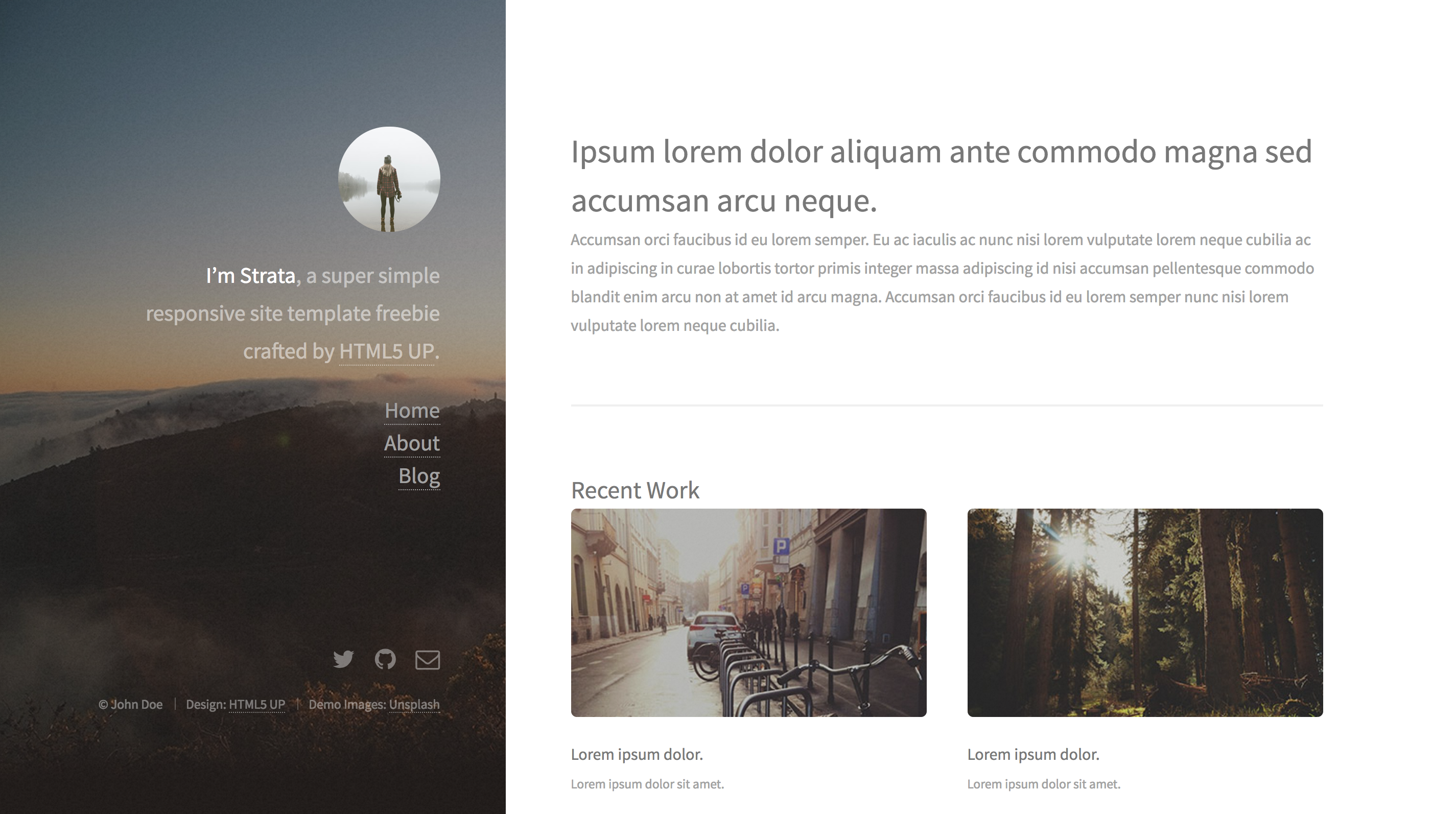A Hugo boilerplate for creating truly epic websites
This is a boilerplate for using Hugo as a static site generator and Gulp + Weback as your asset pipeline.
It's setup to use post-css and babel for CSS and JavaScript.
Be sure that you have the latest node, npm and Hugo installed. If you need to install hugo, run:
Clone this repository and run:
npm install
npm startThen visit http://localhost:3000/ - BrowserSync will automatically reload CSS or refresh the page when stylesheets or content changes.
To build your static output to the /dist folder, use:
npm run build|--site // Everything in here will be built with hugo
| |--content // Pages and collections - ask if you need extra pages
| |--data // YAML data files with any data for use in examples
| |--layouts // This is where all templates go
| | |--partials // This is where includes live
| | |--index.html // The index page
| |--static // Files in here ends up in the public folder
|--src // Files that will pass through the asset pipeline
| |--css // CSS files in the root of this folder will end up in /css/...
| |--js // app.js will be compiled to /js/app.js with babel
Netlify CMS is a single-page app that you pull into the /admin part of your site.
It presents a clean UI for editing content stored in a Git repository.
You setup a YAML config to describe the content model of your site, and typically tweak the main layout of the CMS a bit to fit your own site.
In the config.yml file change the GitHub owner and repo to reflect your repo:
backend:
name: github
repo: owner/repo # Path to your Github repository
branch: master # Branch to update (master by default)
...When a user navigates to /admin she'll be prompted to login, and once authenticated
she'll be able to create new content or edit existing content.
The default Github-based authenticator integrates with Netlify's Authentication Provider feature and the repository
backend integrates directly with Github's API.
To get everything hooked up, setup continuous deployment from Github to Netlify and then follow the documentation to setup Github as an authentication provider.
That's it, now you should be able to go to the /admin section of your site and
log in.
Visit the Netlify CMS to find out more and contribute.
You can read more about Hugo's template language in their documentation here:
https://gohugo.io/templates/overview/
The most useful page there is the one about the available functions:
https://gohugo.io/templates/functions/
For assets that are completely static and don't need to go through the asset pipeline,
use the site/static folder. Images, font-files, etc, all go there.
Files in the static folder ends up in the web root. So a file called site/static/favicon.ico
will end up being available as /favicon.ico and so on...
The src/js/app.js file is the entrypoint for webpack and will be built to /dist/app.js.
You can use ES6 and use both relative imports or import libraries from npm.
Any CSS file directly under the src/css/ folder will get compiled with PostCSS Next
to /dist/css/{filename}.css. Import statements will be resolved as part of the build
- Push your clone to your own GitHub repository.
- Create a new site on Netlify and link the repository.
Now netlify will build and deploy your site whenever you push to git.

